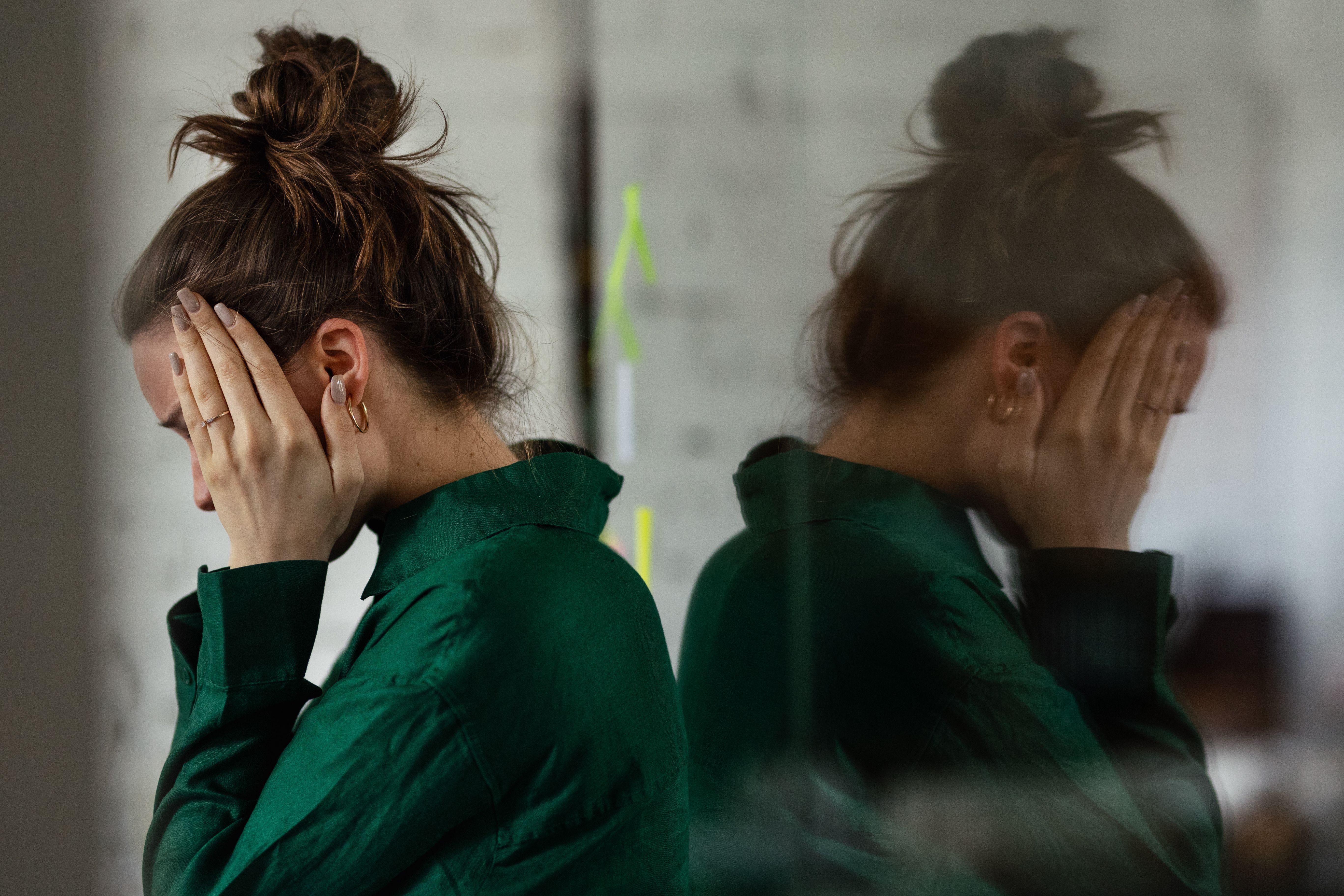Publication
Article
Pharmacy Times
Self-Monitoring Blood Glucose Can Effectively Manage Diabetes
Author(s):
Pharmacists can help patients select products and provide education on how to use them.
As frontline health care providers, pharmacists can educate patients with diabetes about the numerous blood glucose meters on the market and offer guidance on why self-monitoring of blood glucose (SMBG) is critical.
Routine SMBG is an integral component of diabetes care for improving patient self-management and guiding clinicians in adjusting therapies when warranted to improve patient outcomes, according to the American Diabetes Association (ADA).1
The overall goal of routine SMBG is to provide a reliable and timely assessment of blood glucose concentrations in patients to make adequate decisions about diet, exercise, and medication.1 Results from several clinical studies have validated the critical nature of maintaining tight glycemic control to effectively manage diabetes and to avert or mitigate the various health-related complications associated with poorly controlled diabetes.
An easy-to-use and reliable blood glucose meter is an indispensable and powerful instrument to detect or prevent episodes of hyperglycemia or hypoglycemia. It can also monitor the glycemic response to certain foods, medications, physical activity, or therapy changes; set daily blood glucose targets; and track blood glucose patterns. Technological advances have allowed manufacturers to create meters that are less invasive and painful when testing, capable of alternate-site testing, provide rapid testing, and require a smaller sample size.
Here are some tips to share with patients2-4:
- Check expiration dates on testing strips.
- Gather all essential supplies needed to test beforehand.
- Wash hands with soap and warm water and dry them thoroughly with a clean towel. If alcoholbased hand sanitizer must be used to clean hands, wait at least 1 minute to allow hands to dry before testing.
- Hang hand below heart for 30 to 60 seconds to increase blood flow to fingers.
- Insert a test strip into the meter.
- Use a lancet device to obtain a sample on the side of the finger. Always prick the side of the fingertip as it less sensitive than the pad of the fingertip and less likely to bruise. Try to alternate fingers each time a test is performed.
- Apply the blood sample on the test strip immediately, once it has been obtained. Because methods vary with each meter, refer to manufacturer instructions for proper technique.
- Apply pressure to the finger stick or alternate site to stop the bleeding if required, using a clean cotton ball.
- Maintain a log of results to review with a primary health care provider. • Clean the device and run quality-control checks as directed.
ADA recommendations of target ranges for blood glucose levels are individualized based on age; comorbid conditions; the duration of diabetes; hypoglycemia unawareness; individual patient considerations; overall health; and the presence of diabetes complications, such as advanced microvascular complication or cardiovascular disease.3,4
The ADA recommends the following targets for most nonpregnant adults with diabetes: an A1C level of less than 7%; a preprandial plasma glucose level between 80 and 130 mg/dL; and a postprandial plasma glucose level, 1 to 2 hours after beginning a meal, of less than 180 mg/dL. A1C targets vary based on age and health, and less or more strict goals may be suitable for different individuals.3,4
CONCLUSION
Pharmacists can provide education and guidance on SMBG during a fasting state, before a meal, 1 to 2 hours after a meal, and at bedtime. However, some patients may need to test at less common times, such as before or after exercise, before snacking, and prior to performing critical tasks.1 During counseling, pharmacists can relay the importance of the following information to patients about SMBG1-4:
- Checking blood glucose levels as directed by the primary care provider and becoming acquainted with factors that may affect blood glucose levels, such as certain foods, illness, levels of physical activity, medications, and stress
- Choosing a meter that best suits individual needs and is easy to use
- Complying with therapy and discussing any concerns with primary care providers
- Following up routinely with primary health care providers to effectively control diabetes
- Learning to identify and manage the signs and symptoms associated with hypoglycemia, such as chills, confusion, dizziness, lightheadedness, nausea, and sweating, as well as those associated with hyperglycemia, such as elevated glucose levels, extreme thirst, and frequent urination.
- Maintaining tight glycemic control to avoid or lessen the incidence of diabetes-related complications, such as cardiovascular disease, foot and skin conditions, nephropathy, neuropathy, and retinopathy
- Monitoring blood glucose levels throughout the day
Yvette C. Terrie, BSPharm, RPh, is a consulting pharmacist and a medical writer in Haymarket, Virginia.
REFERENCES
- American Diabetes Association. Diabetes technology: standards of medical care in diabetes—2019. Diabetes Care. 2019;42(suppl 1):S71-S80. doi:10.2337/dc19-S007
- Ulbrich T, Krinsky D. Self-care components of selected chronic disorders. In: Krinsky DL, Ferreri SP, Hemstreet B, et al, eds. Handbook of Nonprescription Drugs: An Interactive Approach to Self-Care. 18th ed. American Pharmacists Association; 2014.
- The big picture: checking your blood glucose. American Diabetes Association. Accessed June 15, 2020. http://www.diabetes.org/living-with-diabetes/treatment-andcare/ blood-glucose-control/checking-your-blood-glucose.html
- Blood sugar testing: why, when and how. Mayo Clinic. January 21, 2020. Accessed June 15, 2020. https://www.mayoclinic.org/diseases-conditions/diabetes/in-depth/ blood-sugar/art-20046628
Newsletter
Stay informed on drug updates, treatment guidelines, and pharmacy practice trends—subscribe to Pharmacy Times for weekly clinical insights.







